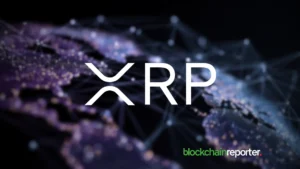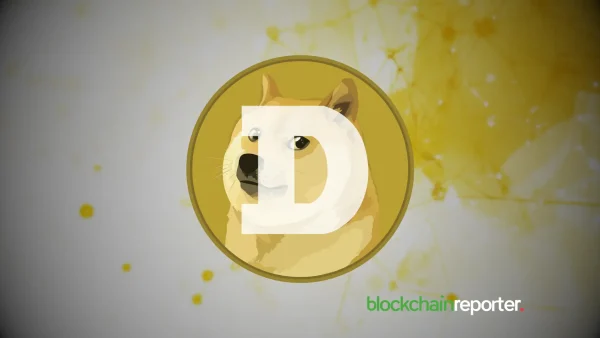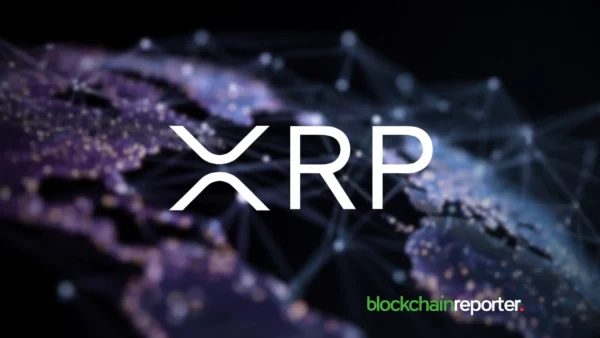
After a slow start, onchain perps are off to the races. The tech is in place to support the sort of low-latency, high-frequency trading the sector demands and the liquidity’s getting better too. So’s UX for that matter. Most of the things you can currently do on centralized futures exchanges you can now do onchain – just as fast, efficiently and with no custodial risk. Once a use case in the making, DeFi perps are now a reality.
But that’s not to say the hard work is over. Far from it. There’s still significant improvements to be made, particular when it comes to deepening liquidity and further lowering latency. To solve these pain points, perps platforms are increasingly looking up the stack to L2 and L3 solutions that have been optimized for the task. StarkWare, Zeta X, Orbs are three such protocols doing their bit to enhance perps trading. Combined, these projects are transforming perps from a niche vertical into a DeFi powerhouse.
The People Want Perps
Perpetual contracts have become a cornerstone of decentralized finance, offering traders exposure to crypto assets without the constraints of expiration dates or rollovers. Yet the very nature of perps, featuring high leverage and rapid trade execution, demands infrastructure capable of handling large volumes and near-instant settlements. In response, DeFi projects are increasingly turning to Layer 2 and Layer 3 scaling solutions to reduce costs, optimize throughput, and deliver a user experience on par with centralized platforms.
Layer 2’s utility when it comes to optimizing perps can be seen with dYdX, which adopted StarkWare’s zero-knowledge rollup (zk-rollup) technology to power its perpetual trading platform. By offloading computational tasks to a secondary layer, dYdX markedly reduces gas fees and transaction congestion. This setup enables high-frequency traders to execute multiple trades in quick succession, making it a go-to solution for those seeking efficient, cost-effective perpetual contracts.
StarkWare’s zk-rollups bundle transactions and submit succinct proofs to Ethereum, minimizing onchain data. As a result, traders benefit from near-instant confirmations and typically pay lower fees – multiples lower than the Ethereum mainnet where dYdX originally set out. This synergy between dYdX and StarkWare has elevated the perps protocol, turning dYdX into one of the most reputable DeFi platforms for futures.
Solana Steps Up
Despite dominating DEX volumes, Solana has lagged behind EVM chains when it comes to perps. But that’s finally starting to change. Zeta Markets in particular is pushing the boundaries of what Solana can do through its Zeta X scaling solution. Solana itself is known for high throughput and fast block times, but Zeta X adds another layer of specialization specifically for perpetual trading. The result is a high-speed, low-cost environment aimed at traders who demand sub-second execution times.
By leveraging Solana’s existing infrastructure, Zeta X can offer minimal latency while preserving low transaction fees, fulfilling many of the same goals as an Ethereum-based Layer 2 but tailored to Solana’s ecosystem. The emergence of Zeta X underlines a growing trend: Layer 2 solutions are evolving to meet the unique needs of specialized trading platforms, rather than solely scaling general-purpose blockchains.
L3 Enters the Game
While Layer 2 solutions address throughput and fees, up on Layer 3, Orbs is supporting perps platforms in other ways such as with deep omnichain liquidity and advanced order types. By introducing an additional abstraction layer, Orbs allows developers to build sophisticated DeFi applications that make perps trading feel instantaneous.
Orbs’ Perpetual Hub features three core components: Hedger, which serves as a market-maker to fill orders and act as a counterparty to traders; Liquidator which manages collateral and monitors the health of open positions; and a Price Oracle to provide the all-important pricing data. When fully integrated into a perpetual trading platform, Perpetual Hub enables pro traders to serve as Hedgers or Liquidators and utilize reliable decentralized price oracles.
Protocols utilizing Orbs L3 technology take advantage of Perpetual Hub for aggregated liquidity and lower price impact, as well as Advanced Trading Orders, such as decentralized limit and TWAP orders, for efficient execution. From the perspective of DEXs, integrating Orbs’ technology saves on coding, and solves problems like providing liquidity incentives, allowing them to focus on core competencies.
A Glimpse into the Future
Decentralized perpetual trading requires a blend of speed, liquidity, and sophisticated tooling – criteria not always met by Layer 1 blockchains alone. Layer 2 solutions like StarkWare’s zk-rollups and Zeta X excel at boosting throughput and slashing transaction costs, while Layer 3 (like Orbs) adds specialized capabilities and advanced execution logic. Both layers are critical to sustaining DeFi’s growing appetite for perpetual contracts, where even minor inefficiencies can significantly impact trading outcomes.
As these ecosystems evolve, expect more cross-chain collaborations, specialized rollups, and advanced logic layers to emerge. Whether through zero-knowledge proofs, lightning-fast block times, or seamless Layer 3 settlements, the drive to enhance perpetual trading is part of a broader push to mature DeFi into an infrastructure that can rival traditional finance. We’re not quite there yet, but thanks to specialist L2 and L2 solutions, the industry is making great strides.
As Orbs’ Head of BizDev, Ran Hammer, noted during his ETHDenver keynote, the total value locked (TVL) in onchain derivatives is still a fraction of the DeFi market’s overall TVL. He also observed that decentralized exchanges contribute a mere 2% to the total crypto derivatives trading volume. That’s a huge addressable market to capture. And thanks to the emergence of multi-layer protocols, the technology with which to achieve this growth is now in place.









